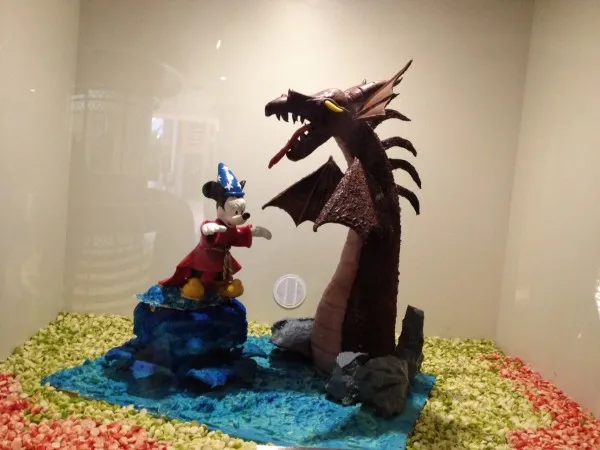The human body has long been regarded as a work of art with renditions of the human form dating as far back as art itself. But new imaging techniques have put a different spin on the parts of the body that you can’t normally see, taking organs like the brain from secret to sensational as they are better represented in art. The first ever Brain Art Competition was held this year, to celebrate and draw attention to improved imaging techniques in addition to the abstract ways better understanding of the brain can lead to artistic inspiration.
The brain child of Daniel Margulies of the Max Planck Institute for Human Cognitive and Brain Sciences, the competition was organized by the Neuro Bureau, an online open neuroscience forum. The competition received 55 entries in four categories: 3-D brain renderings, representations of the brain’s connections, abstract illustrations and humor. Twenty judges picked the best entry for each category, and the winners were announced at an event at the National Art Museum of Quebec on June 28th. In an interview with Scientific American, Marguiles said:
“This whole thing started out as a joke in a bar. We knew of other neuroimaging data competitions in our respective fields, and we wondered, ‘What could we do that would bring everyone to the table, even artists?'”
Check out the artwork below.
1. La Mie de Brain (Crumbs of the Brain) by Erik Ziegler and the Cycloton Art Committee is an illustration that captures the shift between early brain research and modern science.
2. Winner of the Abstract Category, The Brain Tree by Silje Soeviknes, Erlend Hodneland and Judith Haász is inspired by the Norwegian word for brain stem, hjernestamme, which translates directly to brain tree trunk.
3. Created by Simon Drouin a research assistant at McGill University, Inside Out is an image of an MRI brain slice digitally tattooed onto a picture of Drouin.
4. Slices of Life was a collaborative project between artist Mireia Guitart and neuroscientist Simon Surguladze of King’s College London, and is meant to show how areas of the brain react to emotion.
5. Marilyn by neuroscientist Charlotte Rae, is a tribute to the iconic artistic style of Andy Warhol as an illustration of how brain imaging has become incorporated into popular culture.
6. Winner of the 3-D brain rendering category, the simplistic Rebrain was created by neuoscientist Roberto Toro.
7. Fabric MRI: Bill’s Brain was created by neuroscience artist Marjorie Taylor from an MRI image of her husband’s brain. Taylor wove the scans in wool fabric to make a 1.2-meter by 1.8-meter hooked rug.
8. A Cradle For Rest by neuroscience student R. Matthew Hutchison takes brain scans and incorporates them into a Newton’s cradle–inspired illustration.
 9. Textured Brain is the creation of Alfred Anwander and Robin M. Heidemann. The image was created through a technique called diffusion MRI, a process where the spread of water molecules through neural tissue can be measured while revealing the amazing number of connections in the brain.
9. Textured Brain is the creation of Alfred Anwander and Robin M. Heidemann. The image was created through a technique called diffusion MRI, a process where the spread of water molecules through neural tissue can be measured while revealing the amazing number of connections in the brain.
10 Winner of the Comedy Category, MRT Studies: Structural Differences seems like any old brain scan, but look closely. Created by Andrea Carolin Lörwald, this image subtly replaces the brain with an actual nut.
(via Scientific American)


















Published: Jul 19, 2011 01:07 pm